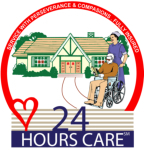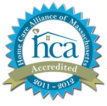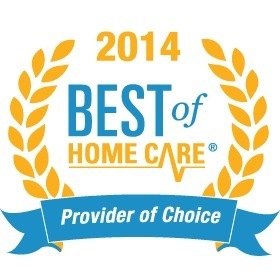Heart Disease
Understanding your risk of heart disease or stroke
A high level of LDL (bad) cholesterol may increase your risk of heart disease and stroke. This is because high levels of LDL cholesterol can build up in the walls of your arteries, creating plaque. The plaque can narrow your arteries, making them less flexible and reducing blood flow. This can lead to artery damage, heart disease, and stroke.
Symptoms of high cholesterol
You may not know that you have high cholesterol because there are no symptoms. The only way to know if you have high cholesterol is to have a blood test to check your cholesterol levels. This will allow your health care provider to help you manage your high cholesterol, which can lead to artery damage, heart disease, and stroke.
Risk factors for heart disease
You CAN change certain risk factors for heart disease:
- High LDL cholesterol
- High blood pressure
- Diabetes
- Being overweight
- Smoking tobacco
- Stress
- Not being active
You CANNOT change certain risk factors for heart disease: Family History and Increasing Age or Gender
Reaching cholesterol goal
Your health care provider will work with you to determine your cholesterol goal This goal will be based on your current and past medical history and any risk factors you may have for heart disease. Your health care provider will monitor your cholesterol level to help you reach your goal. You can use the information below to compare your cholesterol levels with recommended cholesterol goals
LDL (bad) cholesterol level
A higher level of LDL cholesterol is associated with a higher risk of heart disease and stroke. You can compare your LDL cholesterol level with recommended LDL cholesterol goals listed below: • An LDL cholesterol level of less than 130 mg/dL is recommended if you have 2 or more risk factors for heart disease.
An LDL cholesterol level of less than 100 mg/dL is recommended if you have heart disease or diabetes. An LDL level of less than 70 mg/dL may be a reasonable option for some patients. Consult with your health care provider about your cholesterol goal.
HDL (good) cholesterol level
An HDL cholesterol level of 60 mg/dL or more is considered “high” and is associated with a lower risk of heart disease and stroke. An HDL cholesterol level of less than 40 mg/dL is considered “low” and is associated with a higher risk of heart disease. Total cholesterol level: A total cholesterol level of less than 200 mg/dL is considered “desirable.”Triglyceride level: A triglyceride level of less than 150 mg/dL is considered “normal.” Talk to your health care provider about your risk factors for heart disease and reaching your LDL cholesterol goal.
Understanding cholesterol
Cholesterol is a soft, fat-like substance that is naturally found in all cells of your body. In order to function normally, your body needs to have cholesterol. However, too much cholesterol in your blood can increase your risk of heart disease
Cholesterol comes from two main sources
Family History: Cholesterol in your blood comes from the food you eat and the cholesterol produced naturally in your body, based on your family history. That’s why even if you are watching what you eat and exercising regularly, you may still have high cholesterol


















